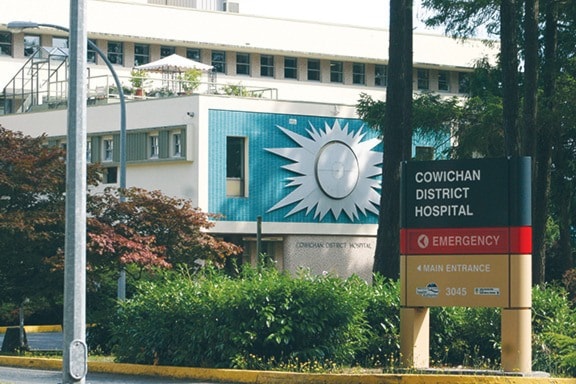“Lists of dates and events can give some idea of the happenings of 100 years but cannot give any idea of the hardship and heartbreak and the spirit and romance involved in creating the first century of a community.”—D.C. Morton
In 1973 Donald C. Morton, seven-time reeve of North Cowichan (1961-68), looked back upon the municipality’s first century by going through the minutes of council meetings. Some of his findings on the road to change and to “progress” are illuminating:
“...One of the greatest changes had come in the field of welfare and assistance to the aged, sick, needy and unemployed. Back in 1899 public concerts were held to raise money for the ‘district’s destitute’ and resolutions were passed in open council meetings giving the names of persons who should require help ‘as they are desperate and it should not exceed $10 a month’. People sometimes say that we have gone too far in social services but any comparison with 75 years ago makes one feel that we can claim real progress.
The same sort of advancement could be measured in hospitals. In 1910 the municipal council gave the King’s Daughters $50 to help them build a convalescent home.
The next year this determined band of ladies opened an eight-bed hospital on the site of the present million-dollar [Cairnsmore] Extended Care Hospital. Today there is also the $5 million hospital on Gibbins Road, both excellent institutions whose worth is not measurable in money.
Perhaps, to show that politicians and publishers have always had to cope with differences of opinion, we should quote a resolution passed by the council in December 1909 stating that we ‘disapprove of the incorrect and misleading statements in the last two issues of the Cowichan Leader’. Is it fair to say that some progress has been made in this direction?
Let us try a few items on working conditions and wages.
In July 1912, Norman Butt was hired at $4 per day to run the municipal roller and crusher. The method of hiring was for each councillor to cast a ballot with the name of the applicant he thought should get the job. This is a far cry from today’s union-supervised filling of new positions on the work crew. In 1945 we find for the first time a notation that ‘the men shall have one week’s holiday with pay’. In 1917, when the basic municipal wage was $2.75 a day, a resolution went from this district to the Dominion Government asking for an inquiry into the high cost of living. Today the basic wage is about $35 a day and the inquiry is still going on. Progress?
Some history, in chronological form, has been written in a booklet produced by North Cowichan in connection with its centenary. Most of the above comments are not in that booklet. They are used here just to show contrasts.
No mention has been made of the development of parks and recreation facilities; no comment on the unrivalled record of Cowichan Fall Fair, well over a century old; no details of the growth of the various branches of the lumber industry over the century; and no estimate of the increase in business and trade of the district measured either in dollars or quantities. These are each worthy of separate treatment by someone with special interest, knowledge or background.
Lists of dates and events can give some idea of the happenings of 100 years but cannot give any idea of the hardship and heartbreak and the spirit and romance involved in creating the first century of a community.
Possibly two quotations from the centenary booklet could be included here: ‘The courage and independence of the early settlers who took on themselves the governing of this tract of nearly 80 square miles, widely spread and sparsely populated, continued to be in evidence as they and their successors developed the area during the next century.’
Then, after 1956 and the advent of the pulp and paper industry, we read: ‘The northern half of the district was no longer a one-industry area. Two big plants, the new generating station and many more modest enterprises not only provided employment but a much bigger tax base with which to service a fast growing population. Schools, churches, social organizations and housing were keeping pace with industry. Councils found an ever-growing need for water, sewers, transportation, building and zoning controls and in the wide-spread call for a different kind of life. Yet somehow these needs had to be met with an awareness of possible environmental damage.’
Progress, yes, but at a price. So said the late Don Morton, former reeve of North Cowichan, in 1973. What do you think?
www.twpaterson.com
